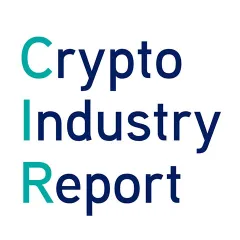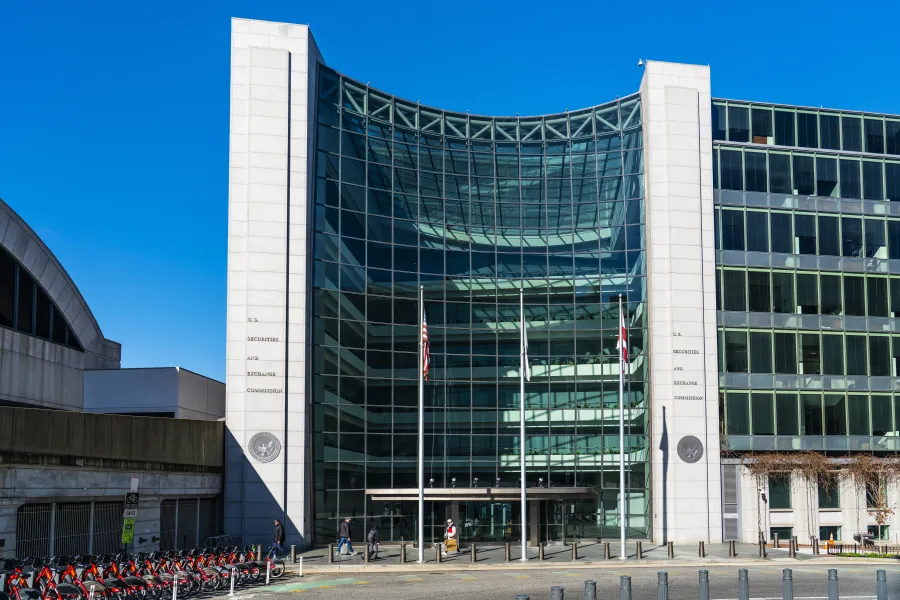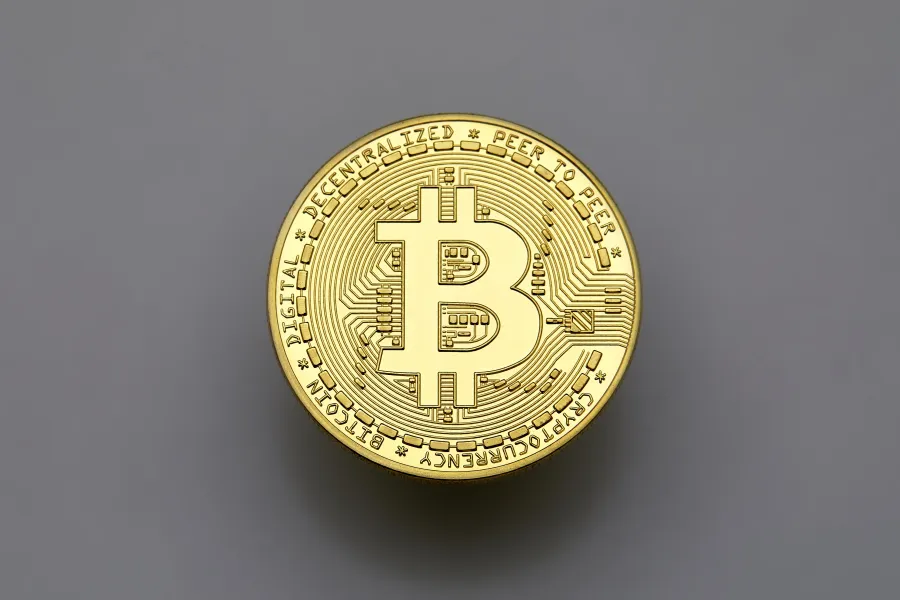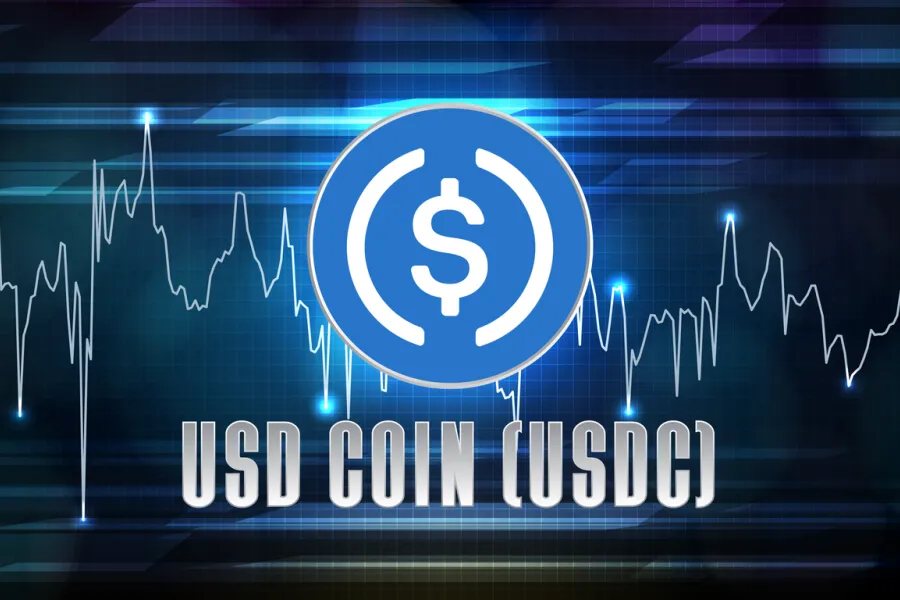Crypto poster child FTX goes bankrupt
This week, our blockchain experts assessed the following topics:
- Crypto poster child FTX goes bankrupt
- FTX collapse and its ripple effects
- What are some important learnings from FTX’s demise?
- What else happened besides the FTX saga?
Our bi-weekly Crypto Industry Report provides you with valuable information on the global crypto industry – picked and analysed by our blockchain experts.
Crypto poster child FTX goes bankrupt
Last week, the digital asset space got shaken to its core, when the world’s second biggest crypto exchange FTX collapsed overnight. After all, this collapse marks the largest meltdown in the crypto world. The exchange, which bailed out several companies in the wake of the Terra Luna and 3AC collapse earlier this year, has fallen apart so fast and hard, that experts expect the ripple effects to continue in the coming months. So, what exactly happened?
FTX’s demise can be traced back to a balance sheet of Alameda Research that was leaked by Coindesk. What it showed is the fact that Alameda’s balance sheet was largely made up of FTX’s token, FTT, a token that gave holders a discount on fees when trading on the exchange. This revelation confirmed suspicions that the two companies were attached to the hip. But that wasn’t all. Coindesk also revealed that Alameda had used $2.16 billion in FTT as collateral for loans.
Following this exposé, crypto exchange Binance went public with a tweet that sparked some controversy since FTX was Binance’s largest competitor (as well as an early investor). “As part of Binance’s exit from FTX equity last year, Binance received roughly 2.1 billion USD equivalent in cash (BUSD and FTT). Due to recent revelations that have come to light, we have decided to liquidate any remaining FTT on our books. We will try to do so in a way that minimises market impact,” Binance’s CEO CZ wrote.
Alameda’s response to this tweet may have been the last straw that sealed FTX’s fate. The company’s CEO Caroline Ellison tweeted: “If you're looking to minimise the market impact on your FTT sales, Alameda will happily buy it all from you today at $22!” This was a sign that Alameda Research was in financial trouble.
The market reacted negatively to these tweets, sending FTT’s price on a downward trend. Subsequently, FTX started having liquidity issues since customers were having trouble withdrawing money from the exchange. Despite these developments, Sam Bankman-Fried (SBF) took to Twitter to reassure the community that FTX was fine and solvent. However, the market proved him wrong because a few hours later he tweeted that he would sell FTX to Binance. This proved that FTX was indeed having liquidity problems. CZ also confirmed the bail-out arrangement via a tweet. Interestingly, Binance ditched the acquisition deal the next day after having examined FTX’s dire situation in detail. On the same day the acquisition plan was announced, reports divulged that FTX had stopped processing withdrawals.
Two days after Binance walked away from the deal, FTX issued a press release saying it was filing for bankruptcy together with Alameda Research and 130 affiliated companies and that SBF had stepped down from his position as CEO. The day before the bankruptcy announcement, SBF had tried putting together a rescue plan of $9.4 billion but failed. In only a matter of days, one of the world’s most up-and-coming crypto players with various connections throughout the space went under.
FTX collapse and its ripple effects
The FTX collapse has sent a ripple of unpleasant effects across the crypto space. Creditors have been fire-selling assets to cover their now worthless FTX loan extensions. As a result, Bitcoin’s price is facing downward pressure since it is held across all affected balance sheets. Consequently, prices of other crypto assets have also come down.
BlockFi, a prominent lending and trading platform in the US, is one of the companies suffering from its exposure to FTX. Therefore, the company has paused withdrawals as it figures out a way forward. “BlockFi has the necessary liquidity to explore all options [...],” the company said in an email.
The ripple effect has also impacted market maker Genesis Trading. The company exposed in a tweet that its derivatives business has about $175 million locked in an FTX trading account. Nonetheless, Genesis Trading emphasised that it doesn’t have an “ongoing lending relationship with FTX or Alameda.”
Ikigai Asset Management has also been caught up in FTX’s troubles. According to the hedge fund’s chief investment officer, Travis Kling, the majority of its total assets are on FTX. The hedge fund is uncertain about its next move.
The interconnectedness of FTX may see the list of affected companies grow in the coming weeks. After all, FTX was the second-largest crypto exchange at the time of its collapse and probably no one could have seen its demise coming. That means more large entities will face liquidity issues, increasing the selling pressure of crypto assets. Potential margin calls, liquidations, and insolvencies are likely to follow.
Several crypto exchanges that are playing the same “game as FTX with their own token” have been called out. They include KuCoin, Bitfinex, OKX, Huobi, and Crypto.com. Although there’s no tangible evidence that customers using these exchanges are in real danger and should withdraw their money, calls for a bank run can turn into self-fulling prophecies. After all, it has been revealed that Crypto.com is holding 20% of its reserves in the Ethereum-based meme token Shiba Inu. The exchange “only” holds 17% of its reserves in Ethereum, which is less than what they have in crypto’s second prominent meme currency.
Furthermore, there could be looming trouble at Crypto.com after it sent Ethereum worth about $400 million to the wrong address. The result of this mistake was a 50% drop in its token price and a rise in withdrawals. The exchange’s CEO Kris Marszalek said the funds were mistakenly sent to the exchange, Gate.io.
Unsurprisingly, Binance has emerged with a solution to help strong but failing crypto projects. In a tweet, CZ said it will establish a recovery fund to rescue crypto projects experiencing liquidity issues. Tron, Poloniex, and Huobi Global plan to support Binance in this initiative. Let's hope that Binance is not over its head on this plan!
What are some important learnings from FTX’s demise?
As one might expect, calls for regulation are getting louder again following the failure of FTX. Lawmakers, regulators, and criminal investigators are looking into FTX’s collapse. Congressman Brad Sherman, a convinced crypto critic, described the collapse as “a dramatic demonstration of both the inherent risks of digital assets and the critical weaknesses in the industry that has grown up around them.” According to Sherman, “billionaire crypto bros” are to blame for slowing down crypto regulation.
While regulation is a solution that can prevent crypto exchanges from failing, other solutions can use technological means to improve the transparency of crypto exchanges. One such solution is Proof of Reserves (PoR). Several crypto exchanges such as Binance, Crypto.com, and OKX rushed to create PoR dashboards in an attempt to reassure investors about the safety of their assets in light of the FTX meltdown. Blockchain analytics company, Nansen, has become the go-to platform for PoRs. Exchanges that have carried out PoRs this November are Kraken and BitMex.
A PoR is a method that centralised crypto exchanges use to provide transparency regarding their crypto reserves. It leverages cryptographic proofs, public wallet address ownership verification, and regular third-party audits to attest that its reserves match users’ deposits. The auditor adds the proof of customer balances to a Merkle tree, a component of blockchain technology that ensures secure and efficient data verification. So, in other words, PoR is a way to prove reserves using the blockchain.
However, PoRs aren’t fool proof because they offer an overview of the exchange’s assets without necessarily accurately revealing its liabilities. Hence, PoRs do not provide a true picture of the exchange’s solvency risk. That means they should be published alongside proof of liabilities.
While it's essential to regulate centralised crypto exchanges and use PoRs to boost trust within the industry, it’s just as important to point out that these centralised platforms aren’t decentralised finance (DeFi). That means neutral protocols and transparent infrastructure shouldn’t be blamed for the failures of centralised exchanges. On the contrary, true DeFi can potentially solve their issues.
Thus, the greatest lesson from the FTX collapse is that decentralisation matters now more than ever. This means the way forward for the crypto industry is improved non-custodial wallets, decentralised exchanges with better liquidity and performance, decentralised fiat on and off-ramps, more decentralised stablecoins, more cryptographic truth, and zk rollups for verification, privacy, and scaling.
What else happened besides the FTX saga?
FTX matters aside, interesting matters happened in the wider digital asset space. A group of major banks surrounding Citigroup, HSBC, BNY Mellon, Wells Fargo, and Mastercard are collaborating with the Federal Reserve Bank of New York to test the use of digital tokens representing digital dollars. This pilot project represents a sort of wholesale CBDC, whereby the aforementioned banks issue tokens representing customer deposits. These tokens are settled using a shared distributed ledger.
Similarly, stablecoins in the US are also making strides. USDC issuer Circle has announced that merchants accepting payments in their stablecoin can now interact with Apple Pay. This will further boost the integration and adoption of stablecoins among normal users.
Outside of the US, VTB Bank has become the first Russian bank to allow its banking app users to make transfers with the digital ruble through a prototype feature. Russia announced the concept of its central bank digital currency (CBDC), the digital ruble, in October 2020. The central bank plans to connect all banks in the country with the CBDC in 2024. And in a news that is from the Bahamas but not about FTX, the island's central bank has recently shared CBDC lessons from its first two years of operating the Bahamian Sand Dollar.
On the crypto side of things, new data has disclosed that only 20% of pre-Merge Ethereum miners have moved to other Proof-of-Work (PoW) networks. These miners are suffering from reduced profit margins and are hopping from token to token as they try to survive. The same data reveals that Ethereum’s energy consumption has declined by 99.998%.
Amidst the FTX meltdown, Ethereum attained deflationary status after its net supply turned negative on November 9. The declining supply could have been accelerated by the fact that FTX was allowing customers to withdraw funds through Ethereum before it stopped withdrawals. The amount of burned ETH climbed to a five-month high on November 9.
Share post

Related Posts

To be continued: SEC pushes back at Coinbase
SEC pushes back against Coinbase's claim of no regulatory jurisdiction, stating the crypto exchange knowingly violated securities laws. Meanwhile, Gemini, owned by the Winklevoss twins, files a lawsuit against Digital Currency Group and CEO Barry Silbert alleging fraud and deception following the collapse of a lending venture. The Bank for International Settlements survey reveals that 93% of central banks are working on Central Bank Digital Currencies (CBDCs) which are seen as potential geopolitical policy tools and a challenge to the dollar's dominance. The race for a Bitcoin ETF intensifies, with BlackRock refiling its application featuring Coinbase as the market surveillance partner, as the Grayscale Bitcoin Trust's discount to net asset value narrows, potentially indicating the transformation into a proper ETF.

BlackRock fever: The ETF filing spree and institutional appetite
BlackRock filed for a Bitcoin ETF with the SEC, inspiring similar applications from firms like WisdomTree, Invesco, and Fidelity, and boosting Bitcoin's value. Traditional finance institutions such as Fidelity and Nasdaq are showing increased interest in crypto, with moves towards exchange and custody services. The defunct crypto exchange FTX, under new CEO John Ray III, is planning a potential revival after recovering significant assets. Meanwhile, the IMF is developing a global CBDC platform for cross-border transactions and DAI, a major stablecoin, is diversifying its backing from USDC to include real-world assets.

SWIFT explores blockchain interoperability
SWIFT has partnered with Chainlink to experiment with leveraging its infrastructure for transferring tokenized value across blockchain networks. The trials will address interoperability, regulatory challenges, and operational drawbacks for financial institutions in a blockchain environment. Chainlink will provide connectivity between private and public blockchains. SWIFT's findings will be published later this year.

China wants an Internet 3.0, while Hong Kong gears up for crypto trading launch
China is striving for advancement in Internet 3.0 technologies, with Beijing's white paper outlining plans to invest in the development of the metaverse and Web3 tech such as non-fungible tokens, but not cryptocurrencies due to the country's previous ban. Meanwhile, Hong Kong is launching its new crypto trading regulations, allowing retail investors to participate from June 1, 2023, with exchanges like Huobi Hong Kong beginning to offer spot trading to retail and institutional clients. Furthermore, the Cybersecurity and Technology Crime Bureau of the Hong Kong Police Force is launching a metaverse platform, 'CyberDefender', to educate the public about potential threats and crime prevention in the metaverse.

BRC-20: Innovating on Bitcoin is the new cool
A new Bitcoin “token standard” called BRC-20 is the hottest thing right now in the crypto space. It was introduced in March 2023 by a pseudonymous person called Domo. Bitcoin Request for Comment 20 (BRC-20) is an experiment that brings fungible tokens to the Bitcoin blockchain using the Ordinals protocol. Ordinals rely on ordinal theory, enabling the identification and tracking of individual satoshis within Bitcoin's existing supply, while also allowing them to be inscribed (associated) with data. Through this technique, satoshis (sats) are given ordinal numbers starting with zero. Anyone can add a script file to a sat to create and transfer a BRC-20 token on the Bitcoin blockchain. BRC-20 tokens are created using three functions: deploy, mint, and transfer.

US versus EU: Giants fighting for regulatory clarity
It is official now: The European Parliament voted overwhelmingly in favour of Markets in Crypto Assets (MiCA), legislation that will guide the crypto sector in all 27 European Union member states. 517 parliament members voted for it, while 38 voted against it. This approval makes Europe the first continent with comprehensive rules for cryptocurrencies. Also, it means that all EU member states will have unified crypto regulations. So, if a crypto business is approved in one EU member country, it could easily expand operations to another member state. The EU’s milestone was lauded by Binance as well as Kraken and Coinbase.

Ethereum: Another milestone reached with the Shanghai Update
On April 12, 2023, Ethereum successfully executed the planned Shanghai update also known as Shapella. The upgrade allows validators to unstake their staked ETH and withdraw their rewards, as well as staked ether if chosen. Now that another level of uncertainty has waned for the biggest smart contract blockchain, this new feature could attract more investors to stake their ether.

CFTC versus Binance:
Clash of the titans
The world’s leading crypto exchange by volume, Binance, alongside its CEO, Changpeng Zhao, and ex-Chief Compliance Officer, Samuel Lim, are being sued by the US Commodity Futures Trading Commission (CFTC).

Stablecoin USDC briefly lost its
peg. What do we learn from this?
One of the top stablecoins by market cap, USD Coin (USDC), de-pegged briefly from the US dollar on March 11 following the collapse of Silicon Valley Bank (SVB). Circle, the stablecoin’s issuer, held $3.3 billion in USDC reserves with the bank, which caused panic as investors rushed to withdraw their funds, assuming USDC could implode because of insufficient backing. However, the amount represented less than 8% of the stablecoin’s reserves.

Ethereum Shanghai upgrade pushed to April: Will there be too much selling pressure?
Ethereum stakers have been eagerly awaiting the Shanghai upgrade, which will enable them to withdraw their staked ether. Stakers’ funds have been locked since Ethereum introduced the proof-of-stake Beacon Chain in December 2020. The upgrade was originally slated to take place sometime in March but was pushed by about two weeks to April during a recent execution layer meeting.